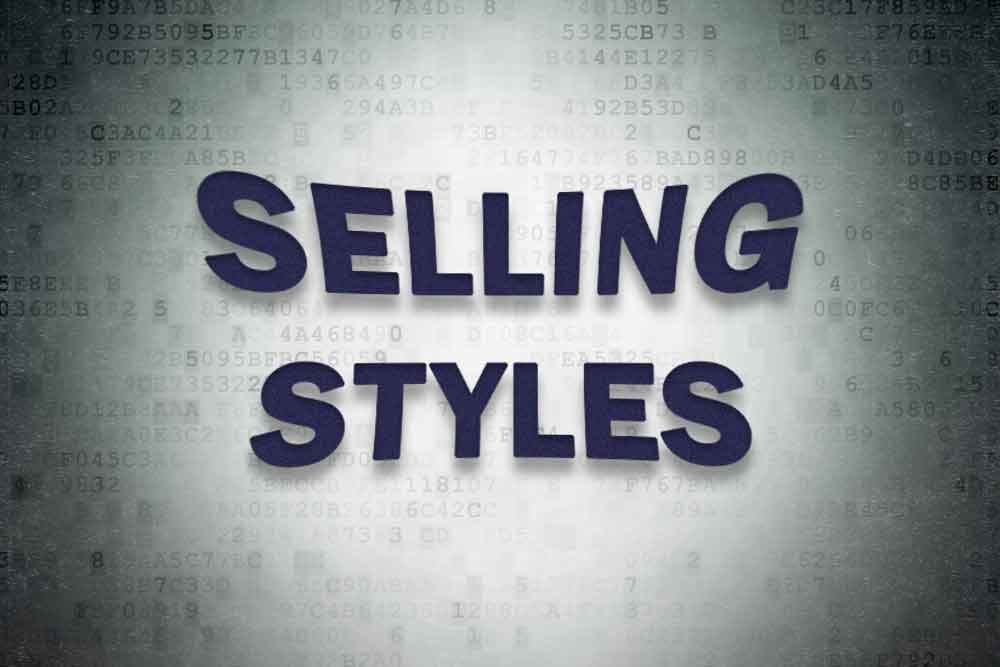Understanding Selling Styles: A Tale of Two Sales Talent Consultants
Chally’s extensive research has shown that regardless of sales role or industry, people will generally perform better when there is a fit between who they are and the role they are in. To simplify the concept of fit, Chally developed the Triple Fit framework which encourages salespeople and their managers to pay attention to three factors: strengths, style, and skills. While many clients use Triple Fit to help make good hiring decisions, we also find the formula to be quite useful for helping people succeed in the roles they are in now, and in guiding future plans for growth and development.
In this blog post, we focus on the style component of Triple Fit. The two of us (Maria Rao and Sarah Oremland) will describe how recognizing our preferred styles has helped us multiply our strengths, focus on our own skill development, and be successful in our roles as Doer-Sellers.
In the sales talent world, selling style affects how a person sells. At Chally we have defined four Selling Styles and the sales approach that each unique Style gravitates toward. If you aren’t yet familiar with the concept of styles, check out our blog post “Understanding Four Sales Personality Types – aka Selling Styles.”
To demonstrate the power of style diversity, we want to get personal – peeking into our own distinct selling styles and how they have helped us succeed as Doer-Sellers. When you look at Sarah and Maria’s resumes, we look quite similar. We have similar education levels, closely related work experiences post college working for non-profits, hold the same job title at Chally of Senior Sales Talent Consultant. We are driven by different motivations and have different personality traits. As you may have guessed, Maria and Sarah have varying Selling Styles as tested through our Selling Styles Quiz.
The Wizard
Maria’s selling style is the Wizard. Wizards shine when they can use their subject matter expertise to solve complex problems. They are fast learners who seize every opportunity to expand their knowledge pool. In his seminal book, Selling the Wheel, Howard Stevens writes that a Wizard provides value to their clients by offering, “A special blend of technical savvy…to provide an expert solution customized to the buyer’s individual needs, and ‘people skills’ to be a team player managing a number of different relationships.”
Maria thrives on managing complexity. In fact, she’s become known as the “Chaos Coordinator” and is often called upon to lead and manage both client projects and internal initiatives.
When I think about the types of clients, I work with they are usually complex, have multiple stakeholders and require a highly customized solution. My Wizard Style has allowed me to thrive during these types of engagements. When working with a large financial services firm I helped our client’s project team navigate through conflicting stakeholders’ required outcomes as they embarked on a sales transformation journey. When our standard process was not going to allow us to meet our client’s complex needs, I used my subject matter expertise around the GrowthPlay Chally Assessment to design a multiphase customized solution. After each phase of the project wrapped, we left the stakeholders wanting additional services.
By embracing her inner Wizard, Maria was able to shine by doing what she does best which led to a multi-year engagement for Chally’s Consulting team.
The Builder
Sarah’s Selling Style is Builder. Builders take pride in the depth of their relationships and prefer to build business by providing personal and thorough support that results in repeat business. As Stevens describes in Selling the Wheel, a Builder’s intimate knowledge of the customer’s business and individual needs make ties with the customer almost impossible to duplicate or disrupt.
A clear example of my Builder style came into play when working with a global chemical company, engaging leaders across geographies. The problem we were solving was lack of clarity on what was required to execute on the sales strategy and if the sales team were positioned for success long-term. The organization was in a state of flux, going through a major evolution and they needed the ability to approach their questions and problems using a disciplined and objective methodology. Do they understand what it takes to be successful in their unique sales roles? Do they have the right people in those roles to align with the sales strategy? What training, coaching, and development could their employees benefit from? I quickly formed an alliance with key stakeholders in various regions, and through months of work, together we were able to truly transform their way of thinking about their sales organization, talent, and their future. Through the use of talent analytics, we identified natural capabilities within their sales force and an opportunity to capitalize on these capabilities through clarification of roles, the need for additional training, and instilling a culture of coaching. By uncovering the unique situations that were taking place across cultures and regions, I was able to customize my approach and build a trust that has enabled me to take this engagement beyond the initial phase of work.
Sarah is energized by working with the same customers over a long period of time, being viewed as both a peer and partner. Because Sarah has built strong relationships with her clients, she is able to expand business to other parts of her client’s organization.
The Closer & The Expediter
Within Sarah and Maria’s team there are also Closers and Expeditors who focus on clients in a different stage of their buying journey. Closers tend to have high energy, are eager to win the deal, and move on to the next opportunity. Closers seek the Action Approach in sales which creates a sense of urgency to get a quick close. On the other hand, Expeditors tend to prefer the High Velocity Approach to sales, working with high volume clients. Expeditors thrive on efficiently providing superior service and creating a positive experience for their clients.
We hope that our tale of two Sales Talent Consultants shows you that there is no right or wrong way to sell. Depending on your market, and the clients you serve, you need a diverse team with varying styles to be successful. When sales managers and organizations take the time to understand the personalities and styles of their sellers, they can create a space for personal growth and confidence, increased job satisfaction, motivation, and performance. To learn more about how to recruit based on selling styles, check out our blog, “How to Recruit the Sales Talent You Need: Keywords for Attracting Candidates Based on Selling Style.”


